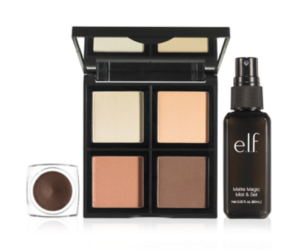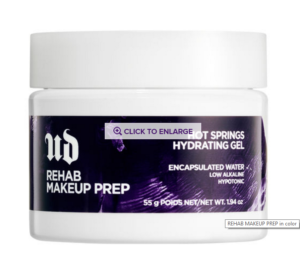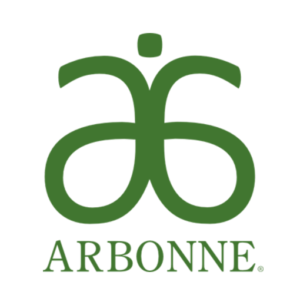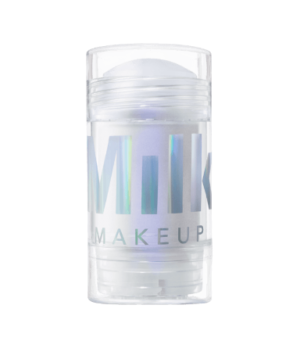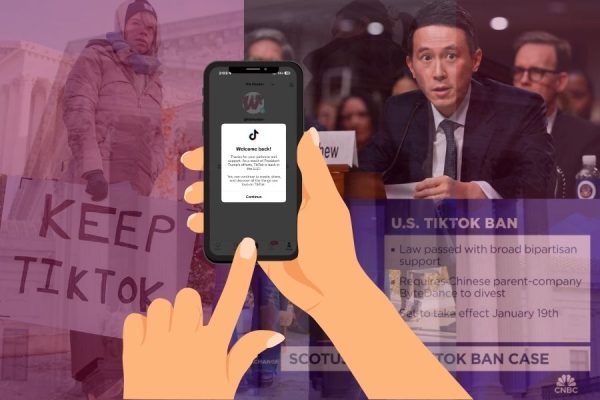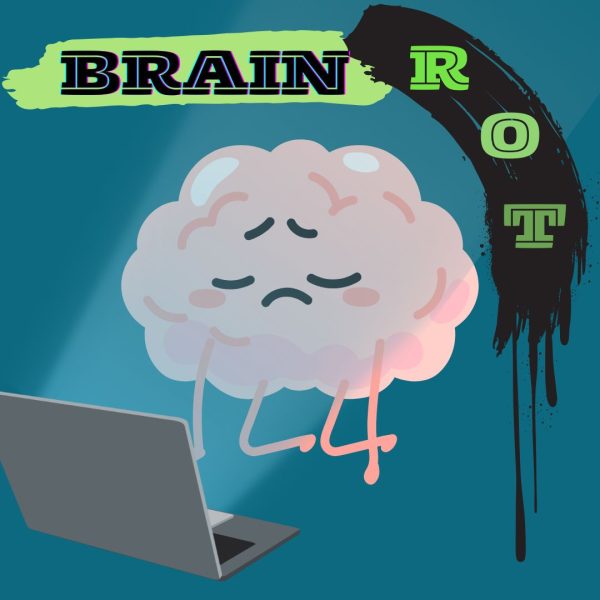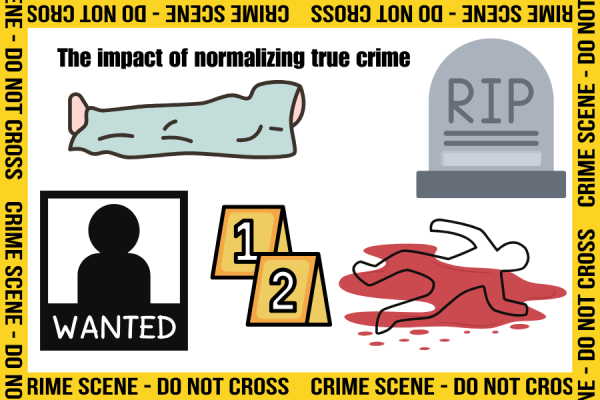Animal testing: who needs it?
Testing products on animals is an outdated and regressive practice that can easily be replaced with other methods that skip the cruelty.
As a society we have ditched many medieval methods of cruelty, but there is one practice we seem to hold on to unfailingly: testing products on animals. The practice of research on live animals has been used dating all the way back to 500 B.C. Scientists use these animals to develop medical treatments, determine the toxicity of medications, prove the safety of products designed to be used on humans; and for other commercial, medical, and health care purposes. Many justify the use of animal testing by arguing that it’s enabled the development of important treatments for both humans and animals, while others argue that it is both unethical and unnecessary.
Animal testing in the United States is regulated by the Federal Animal Welfare Act (AWA). This act defines “animal” as, “any live or dead dog, cat, monkey (nonhuman primate mammal), guinea pig, hamster, rabbit, or such other warm-blooded mammal.” The AWA excludes birds, rats, and mice bred for research, as well as cold-blooded animals and farm animals used for food and other purposes. Interestingly enough, according to the Humane Society International, mice, fish, rats, farm animals, and birds are among the most used for animal testing — the animals not protected by the Animal Welfare Act.
These innocent, unprotected animals often live their lives out in a laboratory, unable to control what happens to them, along with when they eat, use the bathroom, or sleep. It is a life of isolation and misery. U.S. law allows these animals to be burned, shocked, poisoned, isolated, starved, drowned, forcibly addicted to drugs, and brain-damaged. Almost no experiments are prohibited, leaving these animals at the mercy of whatever lab experiment they may be subject to. Animals are often infected with diseases they would NEVER otherwise contract, allowing baby mice to grow tumors as large as their bodies and kittens to be purposefully blinded for the purpose of something so trivial as our beauty and health care needs. After going through these procedures, animals are usually dumped back into their cages with no painkillers, left to fend for themselves and cower in fear at what they might be subject to next.
Even though there are alternatives to animal testing, they often aren’t used. When the law doesn’t mandate reform for outdated practices, labs continue to abuse animals for monetary gain. That’s where consumers like us step in. Big businesses obviously are not going to sacrifice their ease of testing products on helpless animals if they don’t have to, which is why something higher up in power is going to have to change. Urge your local government to take a stand on animal cruelty, or contribute your signature to PETA’s pledge to go cruelty-free (https://secure.peta.org/site/Advocacy?cmd=display&page=UserAction&id=2061) and defend the humane treatment of animals.
Below I have linked some cruelty-free beauty and health care brands. Check them out and go cruelty-free yourself, it’s a good feeling to know that an innocent animal was not harmed so you could put on your mascara in the morning!
